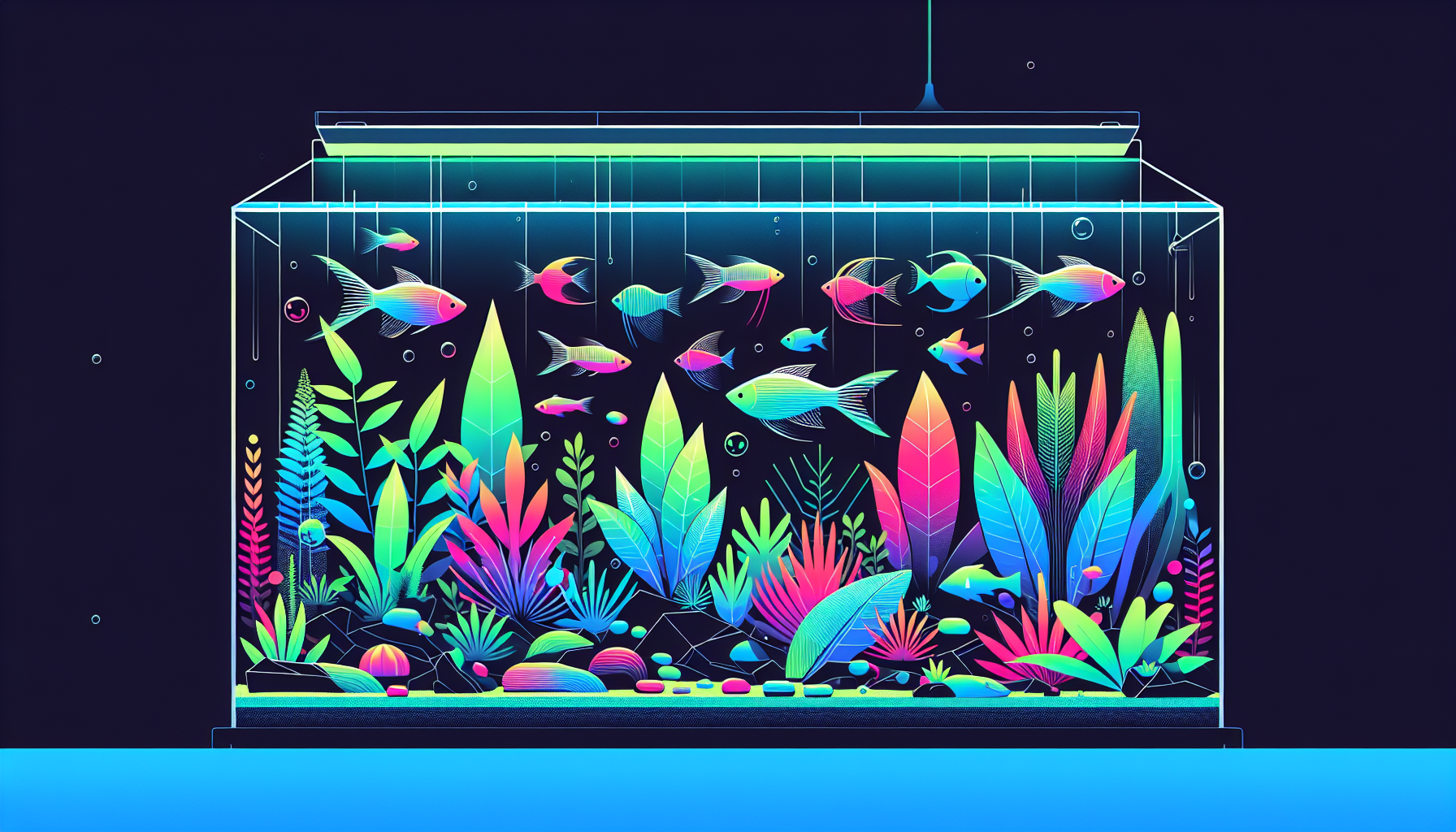The Ultimate Beginner’s Guide to Aquascaping: Tips, Techniques & Plant Recommendations
Dreaming of a lush, underwater world right in your own home? Aquascaping is the art of arranging aquatic plants, rocks, and driftwood in an aquarium, transforming a fish tank into a living work of art. Whether you’re new to planted tanks or exploring advanced aquascape layouts, this comprehensive guide covers everything you need to know to get started. Dive in and discover the fundamentals, from tank setup and essential equipment to plant selection and aquascaping layout styles!
What is Aquascaping?
Aquascaping blends creativity and horticultural skill, building captivating underwater landscapes. Unlike traditional aquariums, aquascapes focus equally on aesthetics and the health of plants and aquatic inhabitants. Common styles include the Nature Aquarium, Iwagumi, Dutch style, and jungle aquascapes, each offering unique design opportunities.
- Nature Aquariums: Inspired by natural landscapes, using a mix of hardscape and plants.
- Iwagumi: Minimalist, stone-focused aquascapes.
- Dutch Style: Dense, garden-like arrangements with vibrant plant beds.
- Jungle Layout: Wild, lush growth reminiscent of untamed riverbanks and forests.
Setting Up Your First Aquascape
With a clear concept in mind, let’s walk through the setup process. Getting started is easier than you think, especially when you use tried-and-tested aquascaping techniques.
1. Choose the Right Aquarium
Begin with a tank size suitable for your space and experience level. Nano tanks (10-20 gallons) are perfect for beginners, while larger tanks (30+ gallons) provide more creative freedom.
2. Select a Suitable Substrate
The right substrate is vital for plant growth. Consider aquascaping soil or nutrient-rich substrates designed specifically for planted aquariums. These substrates provide essential nutrients and promote healthy root development.
3. Pick Your Hardscape
Hardscape materials set the tone for your aquascape. Common choices include:
- Seiryu stone or dragon stone (rockwork)
- Driftwood such as Malaysian or Spider wood
- Slate or lava rock for texture and contrast
Experiment by arranging your hardscape outside the tank until you’re happy with the layout before adding substrate and water.
4. Lighting and Filtration
Proper lighting is key for aquatic plant health. Start with a full-spectrum LED light suitable for aquarium plants. For filtration, a reliable canister or hang-on-back filter keeps your water clean and clear while circulating nutrients.
5. CO2 & Fertilization
CO2 injection systems help plants flourish, especially in high-tech aquascapes, but many beginner-friendly species grow well without extra CO2. All-in-one liquid fertilizers provide essential nutrients like nitrogen, phosphorus, and potassium.
Best Aquatic Plants for Beginners
Choosing the right plants is crucial for a successful aquascape. As a beginner, opt for hardy, low-maintenance species. Here are some of the most popular aquatic plants for novice aquascapers:
- Anubias – Slow-growing and thrives attached to rocks or wood.
- Java Fern – Tolerates low light and low-tech setups.
- Cryptocoryne – Versatile and comes in a variety of leaf shapes and colors.
- Vallisneria – Grass-like, great for background planting.
- Java Moss – Can be attached to hardscape for lush green accents.
Planting Tips
- Use aquascaping tweezers for easier planting.
- Start with fast-growing stem plants to outcompete algae.
- Mist plants with water during setup to keep them moist until flooded.
- Space plants so they have room to grow and spread naturally.
Basic Aquascaping Techniques & Layouts
Embracing classic aquascaping layouts can help your tank look polished from the start. Here are three fundamental styles:
- Island/Centered – Focuses on a central grouping, great for focal-point designs.
- U-Shaped – Creates open foreground space with plants or hardscape at both ends.
- Triangular – Slopes hardscape and plants from one corner to the opposite side.
Remember the “Rule of Thirds”: Position the main feature off-center for a more natural, visually pleasing aquascape.
Maintenance Tips for a Healthy Aquascape
Regular care keeps your aquascape thriving. Key maintenance tasks include:
- Weekly 30-50% water changes to remove excess nutrients and waste.
- Prune plants to maintain shape and prevent overgrowth.
- Clean algae from glass and hardscape as needed.
- Monitor water parameters—especially nitrate, phosphate, and pH levels.
Timely maintenance not only enhances your aquascape’s beauty but also supports a healthy environment for fish and invertebrates.
Common Aquascaping Mistakes to Avoid
Don’t let beginner pitfalls discourage you! Watch out for these common issues:
- Overcrowding plants or fish
- Using incompatible plant and animal species
- Skipping substrate preparation or using the wrong substrate
- Neglecting regular tank maintenance
For more on problem-solving, check our complete guide to algae control in aquascapes.
Get Inspired: Resources & Next Steps
The aquascaping journey is full of creativity and learning. Connect with other enthusiasts, explore our gallery of aquascaping ideas, and expand your knowledge with in-depth tutorials as you refine your skills.
Ready to Start Your Aquascaping Adventure?
Now that you have the essential aquascaping knowledge, it’s time to design your first planted tank! Have questions or want to share your progress? Contact us or join the community at Aquascaping Academy. Happy scaping!



